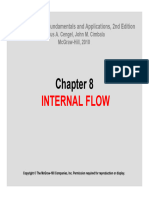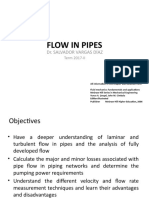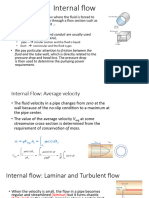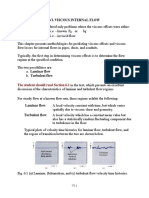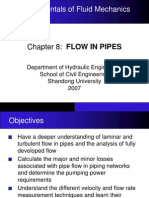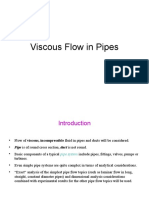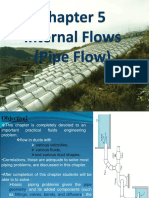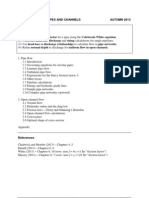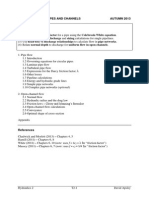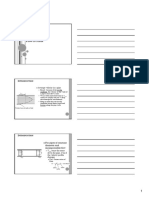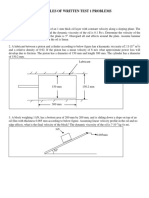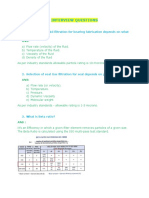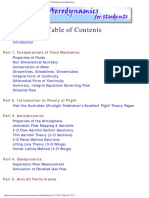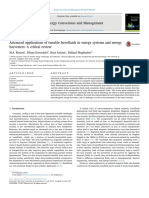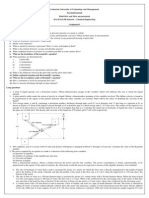0% found this document useful (0 votes)
23 views36 pagesLecture 8
This document covers the fundamentals of internal flow in pipes, focusing on laminar and turbulent flow characteristics, pressure drop calculations, and the use of the Moody Chart. It explains the Reynolds number's role in determining flow regimes and discusses the entrance region's effects on wall shear stress and pressure loss. Additionally, it details the differences in flow behavior for circular and noncircular pipes, as well as the implications for pumping power requirements in laminar flow systems.
Uploaded by
dbk8511Copyright
© © All Rights Reserved
We take content rights seriously. If you suspect this is your content, claim it here.
Available Formats
Download as PDF, TXT or read online on Scribd
0% found this document useful (0 votes)
23 views36 pagesLecture 8
This document covers the fundamentals of internal flow in pipes, focusing on laminar and turbulent flow characteristics, pressure drop calculations, and the use of the Moody Chart. It explains the Reynolds number's role in determining flow regimes and discusses the entrance region's effects on wall shear stress and pressure loss. Additionally, it details the differences in flow behavior for circular and noncircular pipes, as well as the implications for pumping power requirements in laminar flow systems.
Uploaded by
dbk8511Copyright
© © All Rights Reserved
We take content rights seriously. If you suspect this is your content, claim it here.
Available Formats
Download as PDF, TXT or read online on Scribd
/ 36


